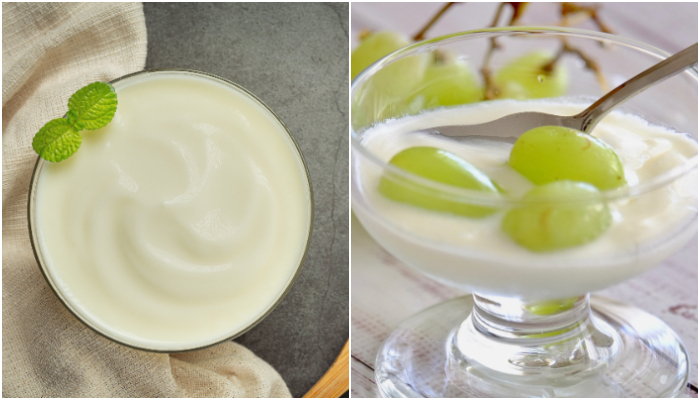Yogurt Vs Curd: Know key difference, make informed choice; Read NOW
Curd and yogurt are both fermented dairy products, but they differ in bacterial cultures, texture, taste, and preparation. While curd is a traditional homemade staple using natural bacteria, yogurt is made with specific probiotic strains under controlled conditions. Let’s explore what sets them apart
- FB
- TW
- Linkdin
)
Bacterial Cultures
The main difference between curd and yogurt lies in the type of bacteria used for fermentation. Curd is made using naturally occurring bacteria present in milk, whereas yogurt is produced using specific, scientifically chosen bacterial strains to ensure consistency and probiotic benefits
Texture
Curd generally has a softer, more fluid texture, often appearing slightly grainy. On the other hand, yogurt—especially Greek yogurt—is much thicker, smoother, and creamier due to the controlled fermentation process
Taste
While both are fermented dairy products, their flavors differ. Curd has a mild, slightly sour taste, whereas yogurt is usually tangier due to the presence of specific bacterial cultures that enhance its acidity
Preparation Method
Curd is traditionally made at home by adding a small portion of curd to warm milk and allowing it to ferment naturally. In contrast, yogurt is often produced in controlled environments, ensuring standardized quality, taste, and probiotic content
Commercial vs. Homemade
Curd is a staple in many Indian households and is typically homemade, while yogurt is more commonly available as a commercial product, often with added flavors and probiotics for health benefits
